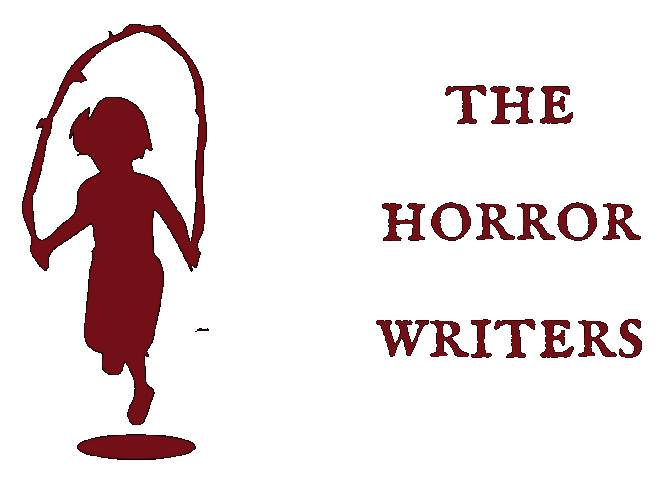Let’s talk about found footage horror for a moment. It’s a subgenre that has enjoyed a considerable heyday over the past two decades or so. Launched somewhat by the cult favorite Cannibal Holocaust, and more so by the release of 1999’s The Blair Witch Project, found footage went on to see thousands of releases throughout the 2000s and 2010s. It became the popcorn flick of the horror genre – the role previously filled by slashers in the 80s and 90s. Given a quick examination of finances, it’s no wonder why found footage horror became notable. The Blair Witch Project was made for $60,000 and returned a comparatively incredible $1.5 million in its opening weekend (Not to mention its $140 million lifetime gross, according to Box Office Mojo). In its opening weekend, The Blair Witch Project returned about 2,500% of its budget. It’s easy to understand why found footage horror gained the attention of the Hollywood money machine, and why for a good minute there, it had such a hell of a run. The Blair Witch Project remake was released recently, marking a milestone for the genre, and so I’d like to take a moment to return to this ever divisive film for a new critical look.
I first saw The Blair Witch Project when it came out on VHS. I was 11 years old. It inspired me, as it did many others, to grab my dad’s camera and make a parody film, beginning a hobby that I would pursue for the next decade. I found the movie laughable at that age. What could possibly be scary about a bunch of idiots screwing themselves over in the forest? I cringed at the entire middle act of the film, which was essentially a half hour long screaming match. The impression colored my idea of the found footage genre in the ensuing decade and beyond. Upon further review, I will admit that my critical faculties at age 11 might not have been as sharp as I thought. Actually, I feel prepared to say of the many found footage films I’ve seen, The Blair Witch Project is probably the most artfully done.
The film, by necessity, is probably the most conservative horror film I’ve ever seen in terms of actual screen time it dedicates to its monster. With virtually no budget, it’s easy to see why this is the case. The witch (or what-have-you) is left 100% to the viewer’s imagination, which is a stark contrast to many of the found footage films The Blair Witch Project inspired. Leaving the monster to the audience’s imagination is a hallmark of many beloved classic horror films, and allows the viewer to appreciate the film’s use of atmosphere, which requires much more subtlety of a film crew.
The Blair Witch Project is actually a very patient depiction of seeping panic, and how it can cause a group of perfectly decent people to behave monstrously. Although the woods are (maybe) stalked by some unseen evil, what ultimately undoes our protagonists is distrust and betrayal. Mike kicks the group’s only guidance into a creek because it is “useless,” an expression of frustration at Heather’s inability to navigate. As tensions set in, they all begin to subscribe to the idea of Heather’s – and then each other’s – incompetence. Sure, the arguing and bickering gets tiresome and the camera work becomes nauseating as they get more agitated, but it’s a pretty realistic, convincing depiction of a frightening idea: just below the surface of each and every one of us, there is a panicked half-wit waiting to emerge when enough goes wrong.
The film even deals relatively well with a fundamental problem all found footage movies must tackle, and it’s something that has always bothered me about the found footage premise: why, when faced with life threatening scenarios, do people continue to film, rather than devote the whole of their energy to survival? The Blair Witch Project is rife with conflict over the continued filming throughout. One of the film’s major conflicts is, paradoxically, the film’s very existence in the first place. The fact that Heather keeps the cameras rolling at times of stress is a major factor in the fallout and ultimate death of the our protagonists. Heather’s dedication to her craft serves to satisfy the question that often goes entirely unanswered in found footage, and even elevates the film to a level of postmodern irony. What, after all, is more horrific? The fact that these terrible things happened to a bunch of students, or the irony that in trying to share their experience with the world, these same students caused those terrible things to happen to them?
The Blair Witch Project, for all the mainstream attention it garnered, is a surprisingly deep work of fiction. Is it perfect? Of course not. But set against the backdrop of the entire found footage movement, it sets itself aside as an experience and work of art.
